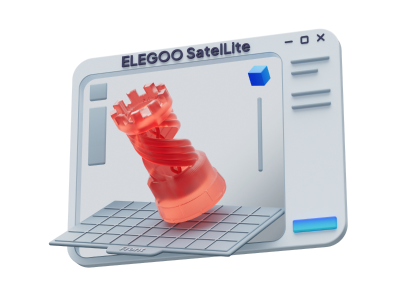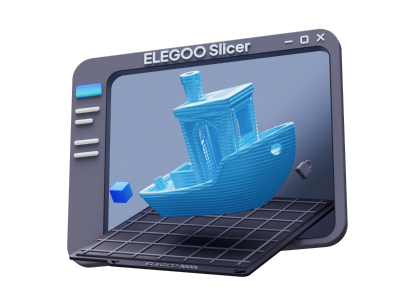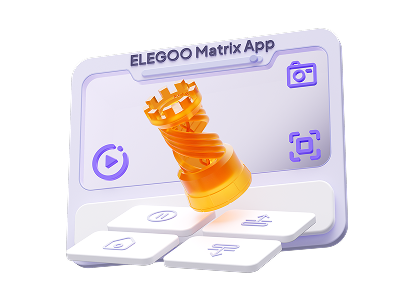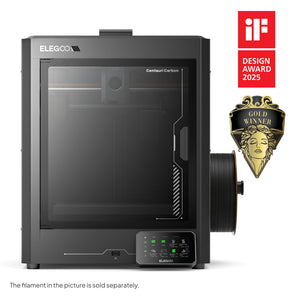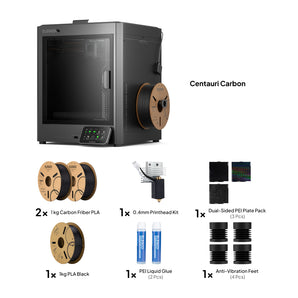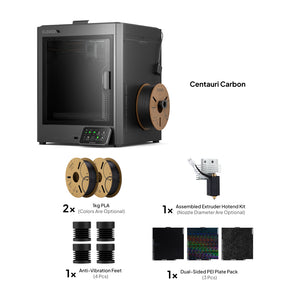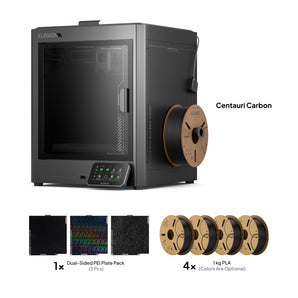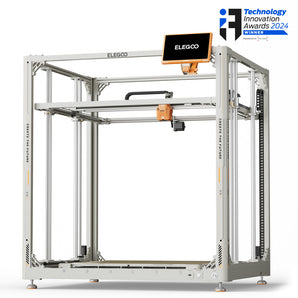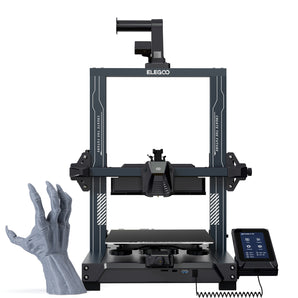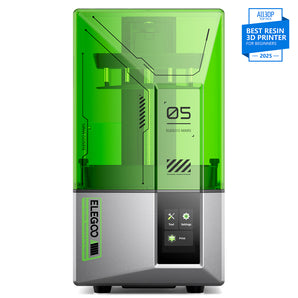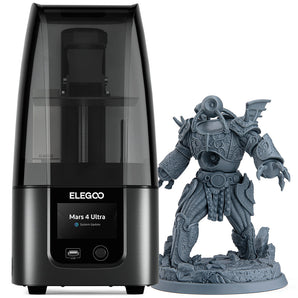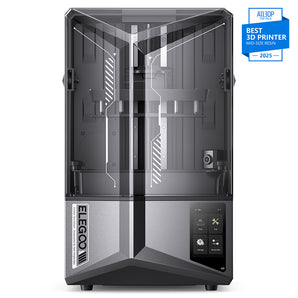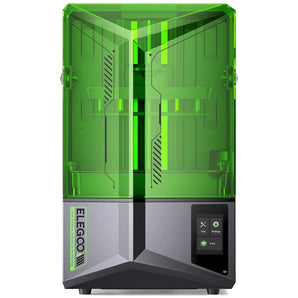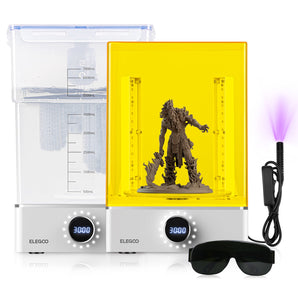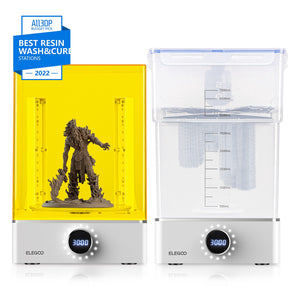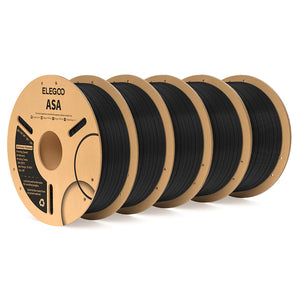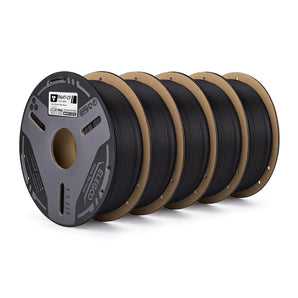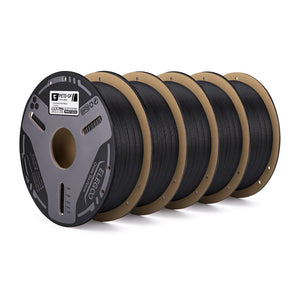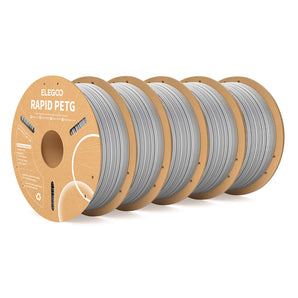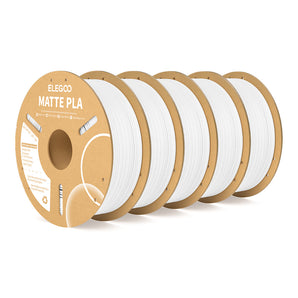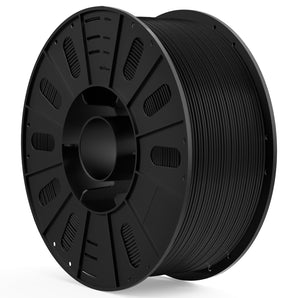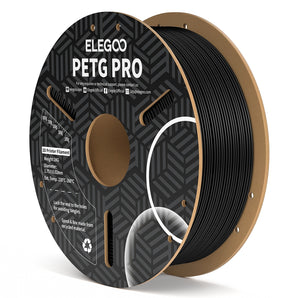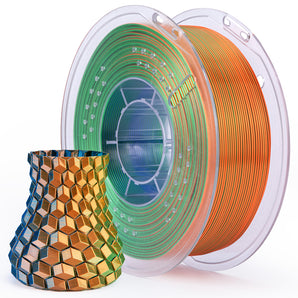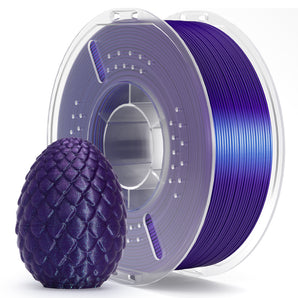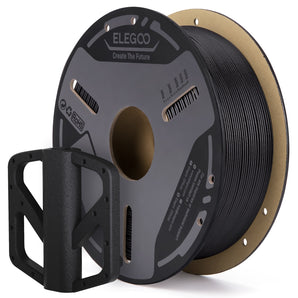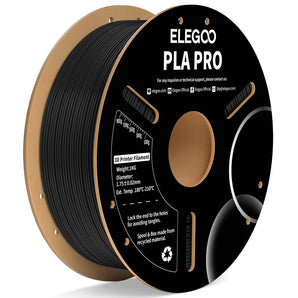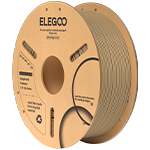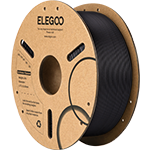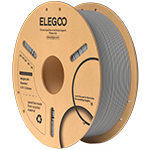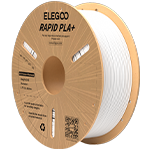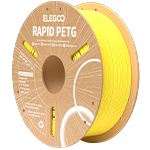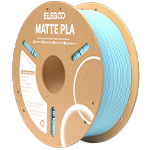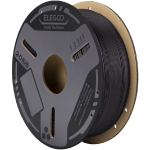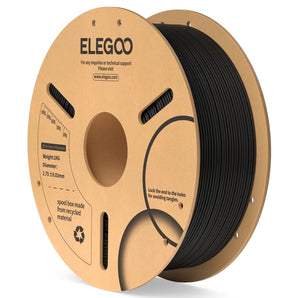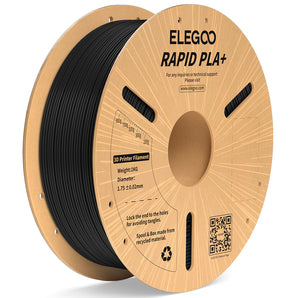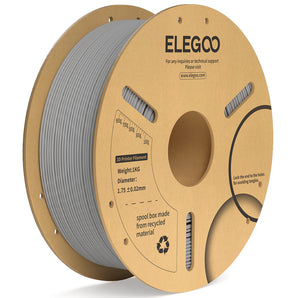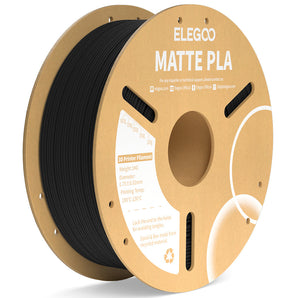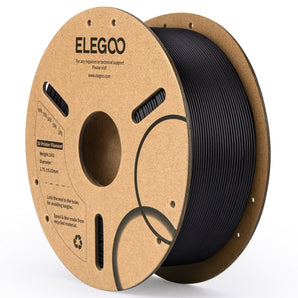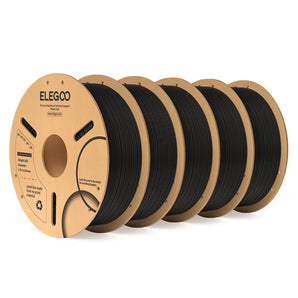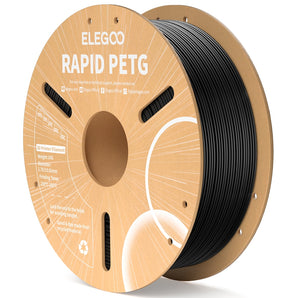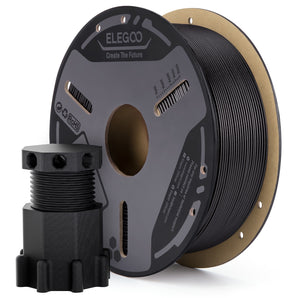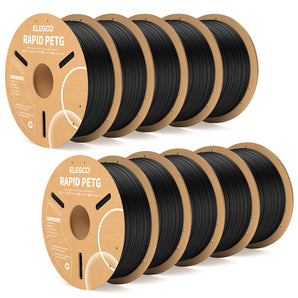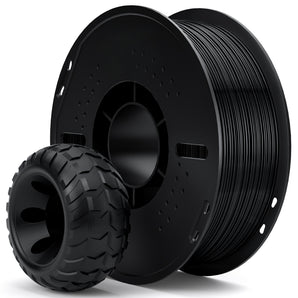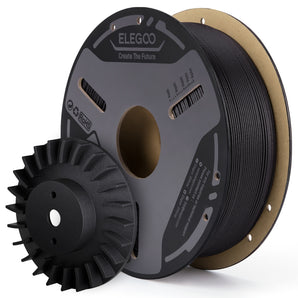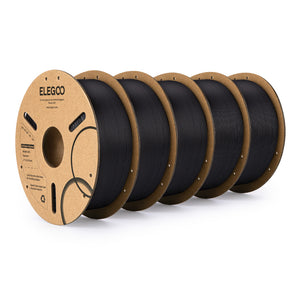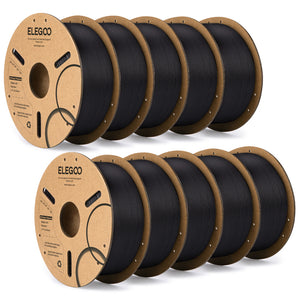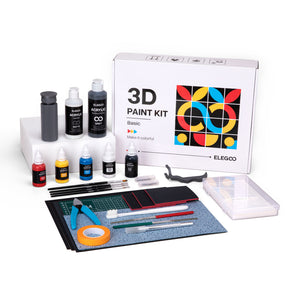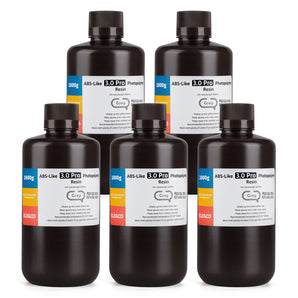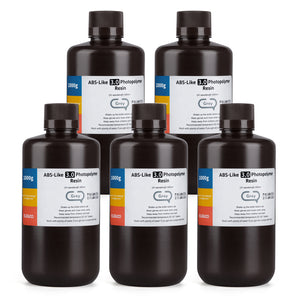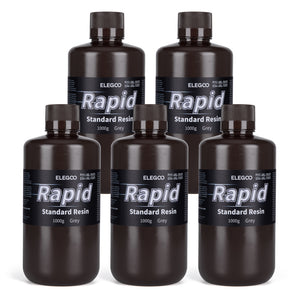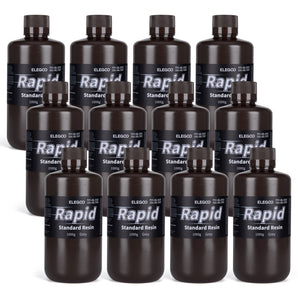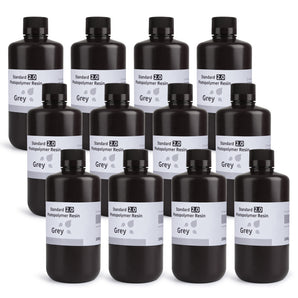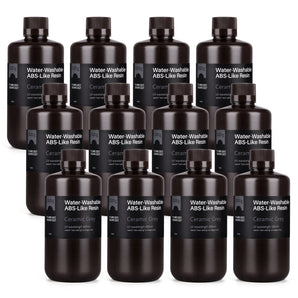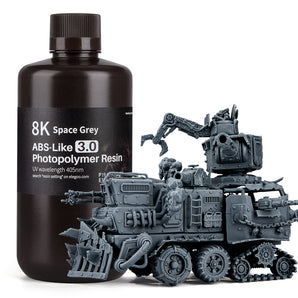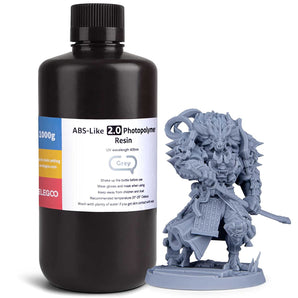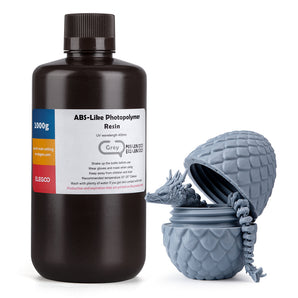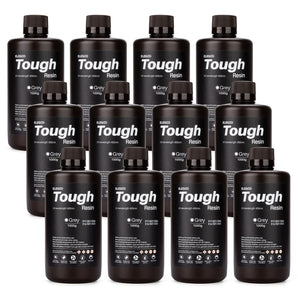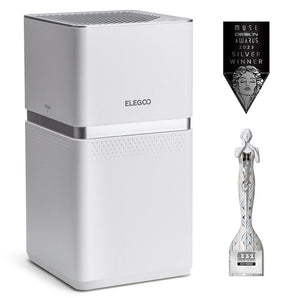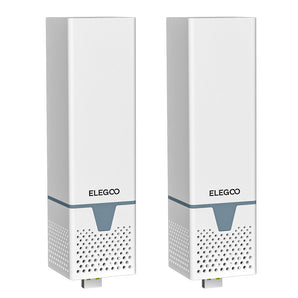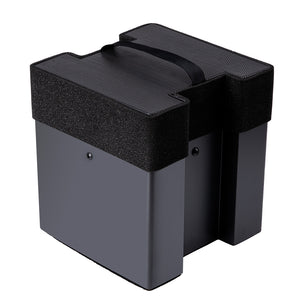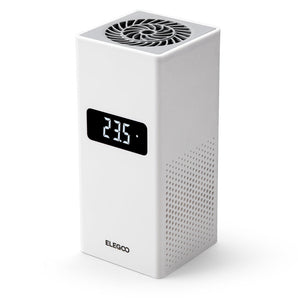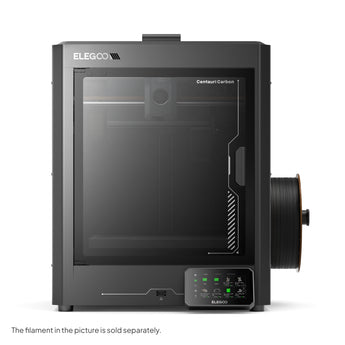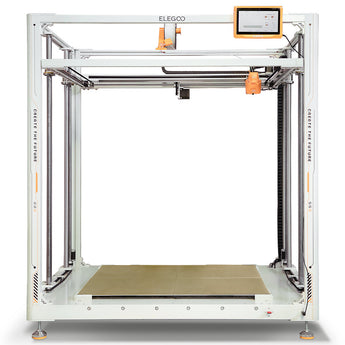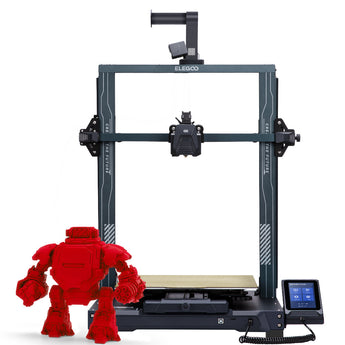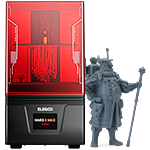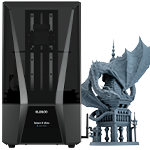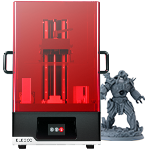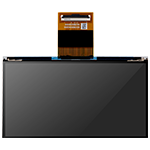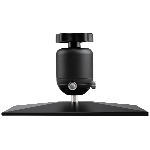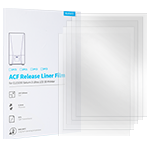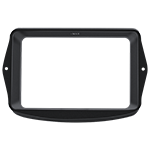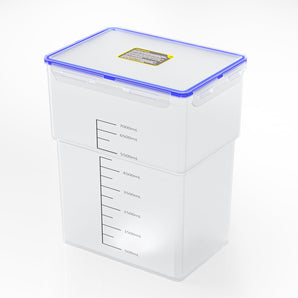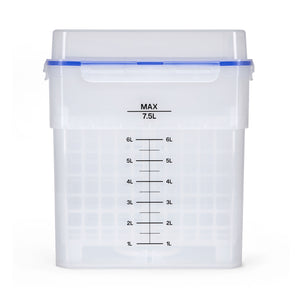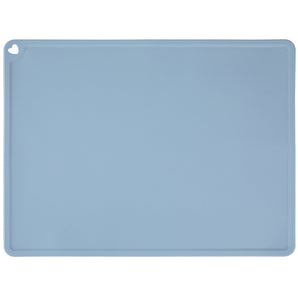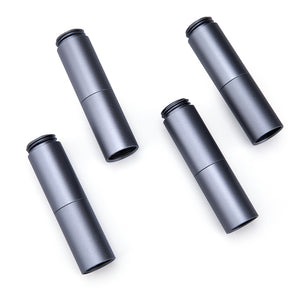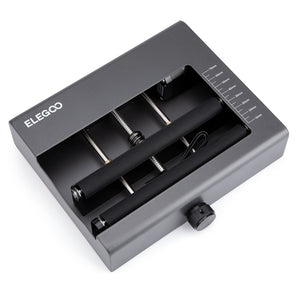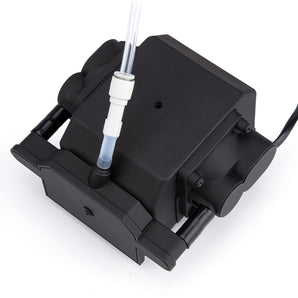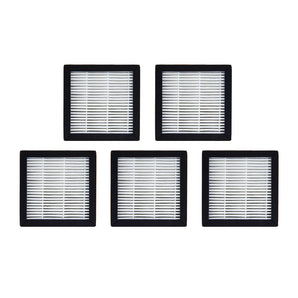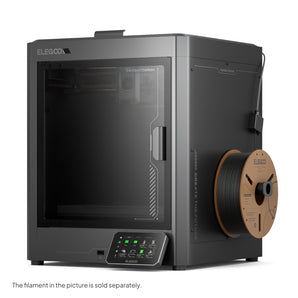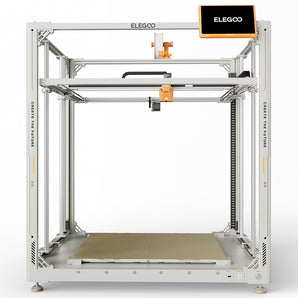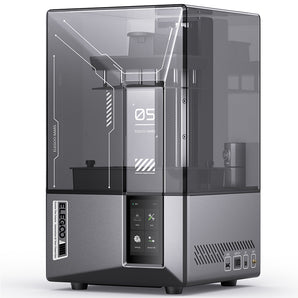3D Food Printing
In the realm of culinary arts and technology, 3D-printed food is making waves.
This article delves deep into the world of 3D food printing, exploring its potential to revolutionize our kitchens and redefine our food experiences.
From cheesecakes to plant-based meats, discover how 3D printing is shaping the future of food.
Article Outline:
- What is 3D-Printed Food?
- How Does the 3D Food Printing Process Work?
- Cheesecake and Beyond: The Potential of 3D-Printed Delicacies
- The Role of 3D-Printing in Sustainable Food Production
- Challenges and Drawbacks of 3D-Printed Food Technology
What is 3D-Printed Food?
3D-printed food, as the name suggests, is food produced using 3D printers. These printers, specifically designed as food printers, utilize edible ingredients as "ink" to create intricate food products layer by layer. The concept is similar to traditional 3D printing but with an emphasis on food safety following the printing process.
Jonathan Blutinger, a researcher at Columbia University's Creative Machines Lab, has been at the forefront of this food technology. In a study published in the journal NPJ Science of Food, Blutinger highlighted how 3D food printing may offer innovative solutions to current food challenges, from reducing food waste to meeting specific nutritional needs.
How Does the 3D Food Printing Process Work?
The process of 3D printing food involves using food pastes or printable food materials, which are then extruded through a printer nozzle to create the desired shape; much the same way as a resin printer works.
The printing process is meticulous, building the food product layer by layer, allowing for a high degree of precision and customization.
For instance, the Mona Lisa 3D Studio uses 3D printing to create intricate designs with graham cracker paste.
The result?
Edible masterpieces that are as delightful to the eyes as they are to the palate.
Moreover, with advancements in food engineering, intricate 3D printers could soon incorporate multiple ingredients in a single printed food product, further expanding the possibilities.
Cheesecake and Beyond: The Potential of 3D-Printed Delicacies
Imagine a cheesecake, not just any cheesecake, but one with a design so intricate it mirrors the finesse of a chef's handiwork.
This is the potential of 3D-printed food. Beyond the aesthetics, 3D food printing allows chefs to localize flavors and create new food experiences that were previously unimaginable.
Companies like Stakeholder Foods are exploring the realm of 3D-printed plant-based meats, aiming to redefine meat for the modern consumer.
The emphasis is not just on replicating the taste but also the texture, making the 3D-printed food product indistinguishable from real foods.
The Role of 3D-Printing in Sustainable Food Production
Sustainability is a pressing concern in the food industry. 3D food printing offers solutions to some of these challenges.
For instance, UpPrinting Food is a startup that uses 3D printing to transform food waste into edible food inks, addressing the issue of food waste head-on.
Furthermore, 3D-printed food may pave the way for more plant-based and processed foods, reducing the strain on natural resources.
The ability to customize food also means that 3D food printers can cater to specific nutritional needs, ensuring that every bite is packed with the right nutrients.
Challenges and Drawbacks of 3D-Printed Food Technology
While the prospects of 3D food printing are exciting, it's essential to consider its challenges. The technology is still in its nascent stages, and there are concerns about the taste and texture of 3D-printed food compared to traditionally prepared dishes.
Additionally, there's an emphasis on food safety following the COVID-19 pandemic.
Food prepared with less human handling may lower the risk of foodborne illness and disease transmission, but ensuring the safety of the printing materials and the printed structure remains paramount.
Key Takeaways:
- 3D-printed food uses 3D printers to create intricate and customizable food products.
- The 3D food printing process involves building the food layer by layer, allowing for precision and innovation.
- From cheesecakes to plant-based meats, 3D food printing is redefining our culinary experiences.
- 3D food printing has the potential to address sustainability challenges in the food sector.
- While promising, the technology faces challenges, especially concerning taste, texture, and food safety.
Dive into the future landscape of our kitchens with 3D-printed food and explore the myriad possibilities it holds!












